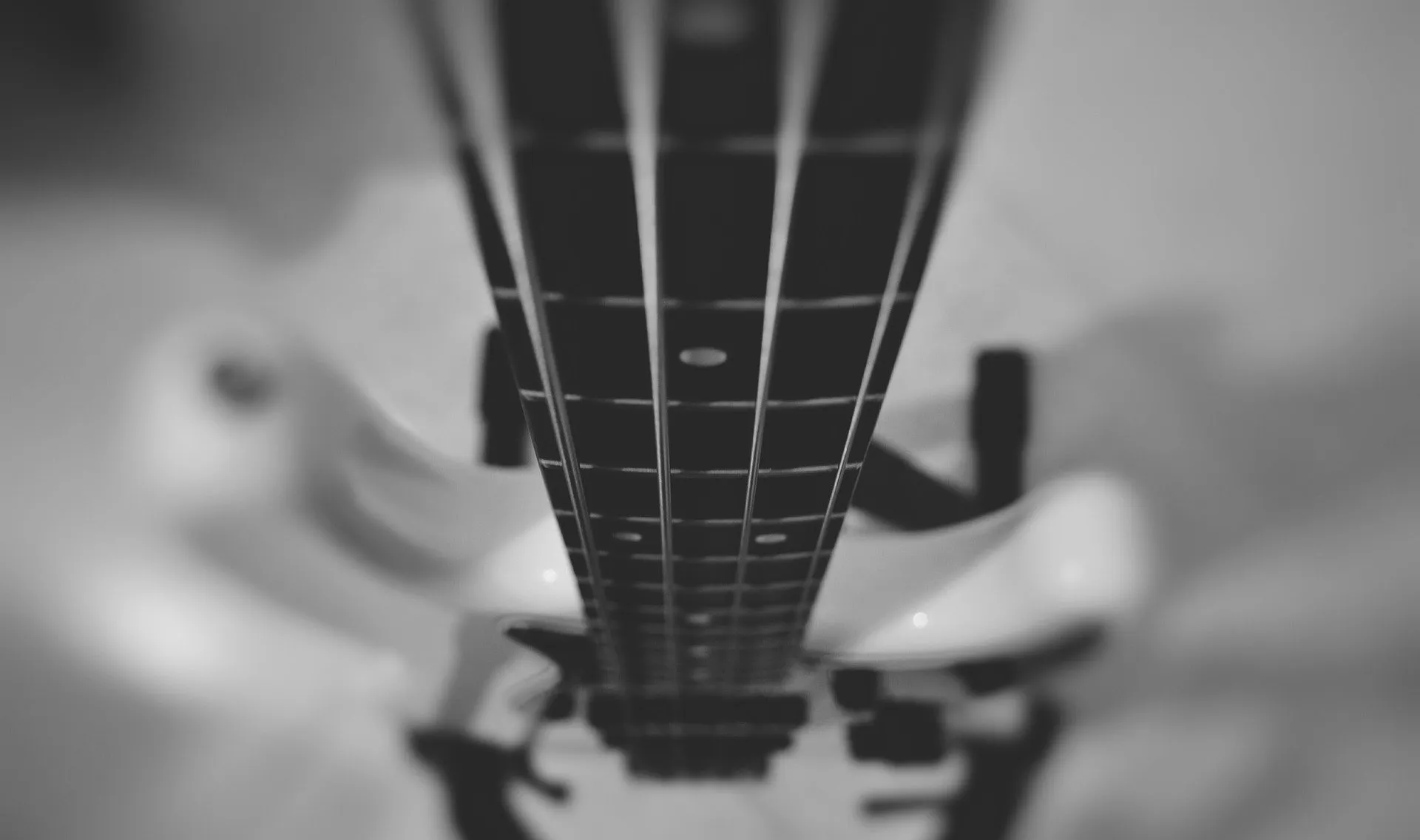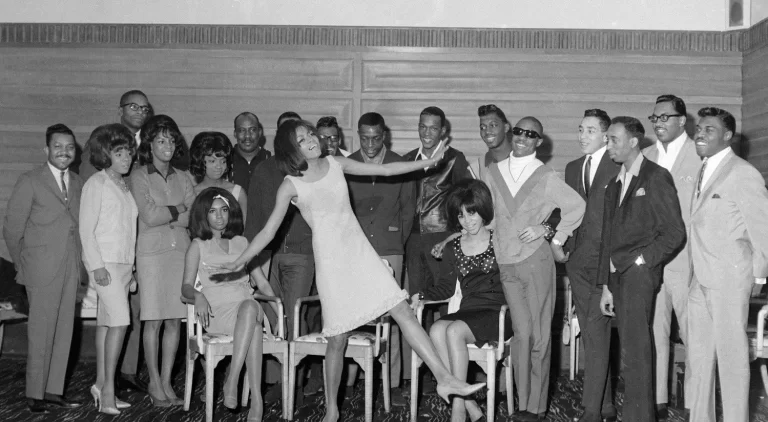Types of bass strings
Bass guitar strings are one of the most important elements of the instrument. They determine not only the sound, but also the playing comfort. Choosing the right strings for a bass guitar depends on many factors, including the material, type and thickness of the strings.
String material
- The most common material for bass guitar strings is steel. Steel strings provide a bright and highly visible sound that is great for hard music styles. However, steel strings can also be quite stiff and uncomfortable to play, especially for beginners.
- Nickel strings are softer than steel strings and provide a warmer, softer sound. This makes them an ideal choice for bass players playing a variety of styles of music, from rock to jazz.
- Chrome strings sound similar to nickel strings, but are more “bright and hard”. They are often used for rock and metal styles.
- Nylon (nylon-coated) strings provide a warmer, softer sound that is ideal for genres such as reggae and jazz. However, nylon strings can be less durable than steel or nickel strings.
Strings by winding type
- Round wound. These are the most common type of strings for bass guitars. They have a round profile and provide a good attack and a bright sound.
- Flat wound. These strings have a flat profile which makes the sound warmer and softer than round strings. They are usually used for jazz and other mellow genres, but can surely be used in other styles of music as well. They go well with fretless instruments.
- Half rounds are a compromise between round and flat strings. They have a partially flat profile which makes the sound softer, but still have a good attack.
- Spiral wound strings are strings that have a spiral winding of metal, which increases the mass and enhances the sound. They usually have a bright and loud sound, making them the perfect choice for rock and metal.
Bass Strings Thickness
The thickness of bass guitar strings is also important. Strings that are thicker have a brighter and louder sound, but are also stiffer and may be harder for a beginning musician to play. Thinner strings have a softer sound, but may not produce enough bass and risk getting lost in the mix.
The choice of string thickness depends on the style of music you play, your playing technique, as well as your personal preference. Beginning musicians are usually advised to start with thinner strings to make playing easier, but over time you can move to a thicker thickness for a more distinctive sound.
Last but not least, the cost of strings plays an unfortunate role in the choice of bass strings. We all want to play Elixir, but end up buying Alice or something similar… Indeed the price tag on bass guitar strings is sometimes frustrating to say the least.
The main producers of bass guitar strings
There are many manufacturers of bass guitar strings, but here are a few of the best known brands with their brief history:
- Ernie Ball – Founded in 1962 by Ernie Ball, this string brand quickly became popular with rock musicians for its unique sound and durability. For over half a century Ernie Ball has been producing strings in a variety of thicknesses and materials, including Regular Slinky, Hybrid Slinky and Power Slinky models.
- D’Addario – founded in 1974 by Jim D’Addario, this string brand quickly became popular for its innovative technology. Including the XL and NYXL models, which are considered some of the best strings for bass guitars.
- Rotosound – founded in 1958 by James Howlett, this string brand quickly became popular with British rock musicians of the 60s and 70s for its bright and dynamic sound. Rotosound’s most popular strings include the Swing Bass 66 and Jazz Bass 77.
- GHS – founded in 1964 by Georg Hänggi, this string brand quickly became popular for its quality and affordability. The most popular GHS strings include Boomers and Bassics.
- DR Strings – founded in 1989, this string brand is known for its bright and dynamic sounds, as well as its unique K3 Coating technology, which protects the strings from corrosion and increases their longevity. The most popular DR Strings models include the Hi-Beam and Lo-Rider.
- La Bella – founded in 1640, this string brand is one of the oldest string manufacturers in the world. They produce a wide range of bass guitar strings, including strings wound in different materials, such as bronze, copper and nickel. La Bella’s most popular string models include Deep Talkin’ Bass and White Nylon Tape Wound.
- Elixir – founded in 1997, this string brand is known for its unique Nanoweb technology, which increases string longevity and prevents corrosion. The most popular Elixir strings include Nickel Plated Steel and Stainless Steel.
- Fender – Famous for its guitars, Fender also makes bass guitar strings. Fender’s most popular string models include Super Bass and 7250 Nickel Plated Steel.
- Dean Markley – Founded in 1972 by Dean Markley, this string brand is known for its high-quality bass guitar strings. The most popular Dean Markley strings include Blue Steel and SR2000.
- Dunlop – known for its guitar accessories, Dunlop also produces bass guitar strings. The most popular Dunlop strings include Super Bright and Stainless Steel.
Preferences of great bassists in the choice of strings
Many famous bass guitarists have their own preferences in choosing strings for their instruments. Here are a few examples:

- Jaco Pastorius, one of the most famous bassists in history, often used Rotosound strings, including the Swing Bass 66.
- Flea of the Red Hot Chili Peppers often uses strings from DR Strings, including the Hi-Beam and Lo-Rider models.
- Marcus Miller prefers D’Addario strings, particularly the XL and NYXL models.
- Geddy Lee of Rush used strings from Rotosound, particularly the Swing Bass models.
- John Paul Jones of Led Zeppelin preferred La Bella strings, particularly Deep Talkin’ Bass.
- Paul McCartney used different kinds of strings, including Rotosound and Thomastik-Infeld’s flat profile strings.
Of course, each musician ultimately forms his or her own preferences for stringing. I, for example, am not very original and trivialize my D’Addario 45-105 every six months.
Conclusion
All in all, the choice of strings for a bass guitar depends on many factors, including the material, type and thickness of the strings. Everyone has their own personal preferences and it will all depend on your individual playing style, sound preferences and budget. Even the tactile aspect has its place. There are strings that are trivially pleasant to the touch. And there are Caye, from Aliexpress, which are quite stiff, but ultra cheap. I’ve played quite a few of them myself, as well as Alice, and they have the right to live on.

Hey, fellow bassists and musicians overall!
I’m nothing more than just bass player and enthusiastic blogger. Feel free to ask any questions in the comments.
Huge thanks for all crazy people who supports this resource. Keep groovin’!






